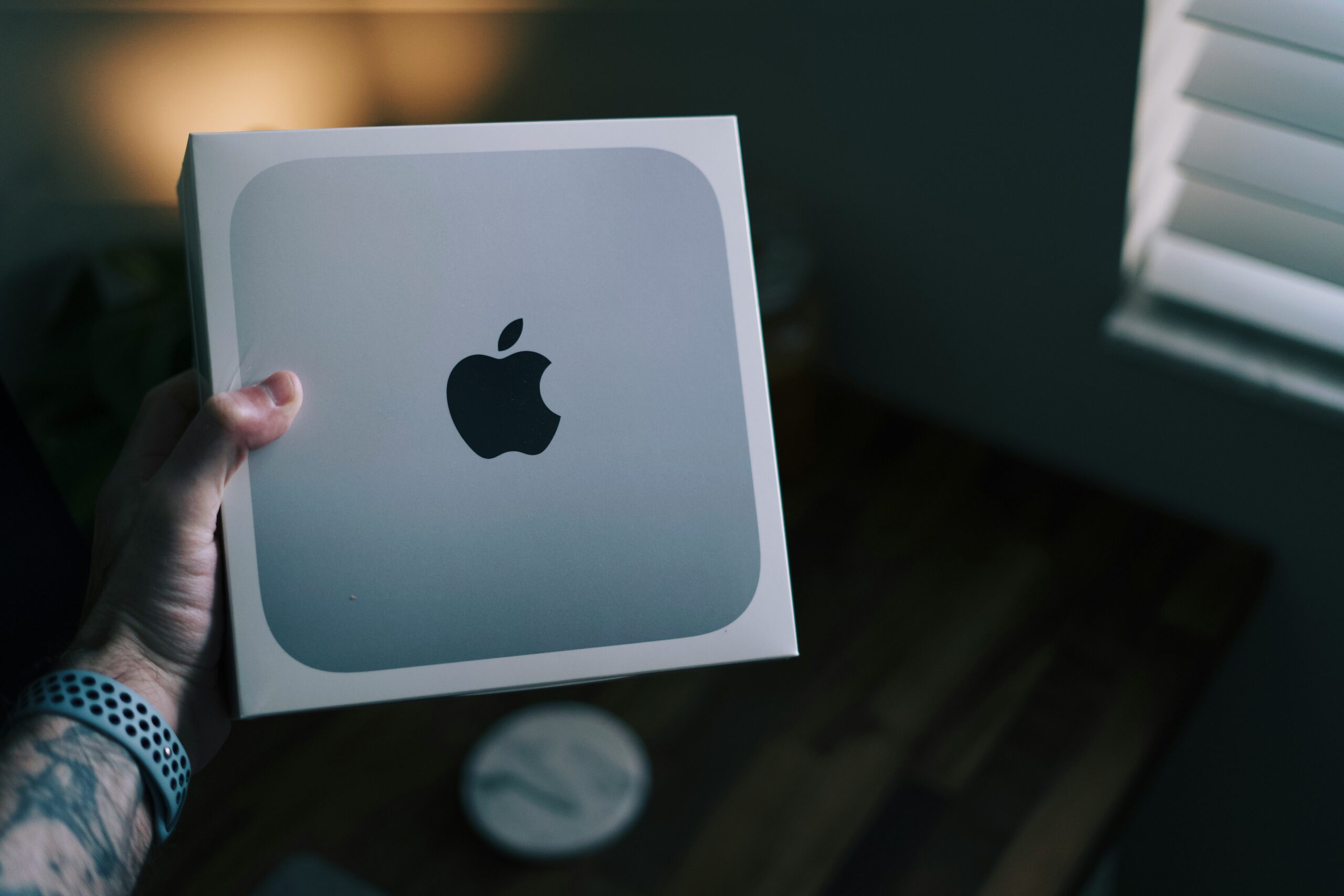Oura’s smart ring may be spotted on the fingers of tech titans like Mark Zuckerberg, Jack Dorsey, and even Prince Harry, but the company’s fastest-growing user base isn’t Silicon Valley elites, it’s women in their early twenties.
That insight came from Dorothy Kilroy, Oura’s chief commercial officer, during the Elevate Conference in Toronto, where she shared how the Finnish health tech brand, which pioneered the smart ring category, is navigating a new wave of competition from Samsung, Ultrahuman, and Whoop.
Despite growing rivals, Oura currently holds 80% of the smart ring market and boasts impressive loyalty, with retention rates above 80% after one year, compared to the 30% industry average. Kilroy credits much of Oura’s success to word-of-mouth, just as she saw during her eight years at Airbnb.
Initially popular among high-performing professionals seeking to optimize sleep and stress management, Oura is now capturing a younger demographic, particularly women focused on mental health, cycle tracking, and fertility awareness.
Oura’s temperature accuracy enables 97% accuracy in detecting ovulation, and recent updates have expanded features for perimenopause and pregnancy tracking. Kilroy says the shift reflects broader wellness trends: “We see that they’re drinking less alcohol, they’re really focused on their mental health.”
Meanwhile, competitors like Whoop target male athletes and gym enthusiasts, while Ultrahuman attracts users with a no-subscription model. But Kilroy says Oura’s paying members see enough value to stay, even at $5.99 a month.
Beyond wellness, Oura is moving toward preventative health with partnerships that integrate wearable data and clinical biomarkers. Its collaboration with Quest Diagnostics brings blood testing to the platform, and a joint effort with Dexcom overlays continuous glucose data to show how stress impacts metabolism.
Related: Strava Plans IPO Amid Gen Z Running Boom
Not everything has been smooth. A $96 million deal with the U.S. Department of Defense earlier this year drew privacy concerns. Kilroy clarified that Oura “does not pass member data to the U.S. government,” emphasizing user trust as the company’s top priority.
For now, Oura isn’t trying to be everything to everyone, and that may be the key to its staying power. As Kilroy put it: “We’re not a fitness tracker only. We’re a health platform focused on preventative health.”
In a world obsessed with optimization, Oura’s quiet discipline might just be its biggest competitive edge.






